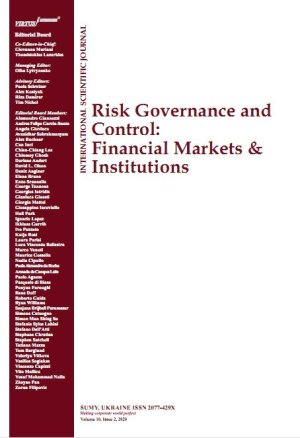
OCCUPATIONAL ASSESSMENT MODEL AS A REGULATION TOOL IN THE WHOLESALE AND RETAIL SECTOR
Download This Article
This work is licensed under a Creative Commons Attribution-NonCommercial 4.0 International License.
Abstract
The aim of this study was to critically evaluate the implementation requirements of the new system of occupational qualification and part qualifications in South Africa, from the perspective of industry and other stakeholders who are affected by the change. The methodology adopted was qualitative, including an analysis of secondary data, namely South African and international policy documents on assessment. This was followed by empirical research, using individual interviews and a survey applied via regional focus groups. A purposive sample of 67 stakeholders, made up of business, training providers, quality assurance experts and W&RSETA staff, was selected. Data was analysed using a thematic identifier, looking for common trends that were then grouped according to categories. Each questionnaire was dissected and classified according to the categories. Independent checks were put into place in which data was cross-referenced and audited to ensure that all findings produced were error free. The main findings were that an assessment model would need to be flexible to meet the industry’s various needs. Furthermore, a standard operating procedure is required, industry consultation on their needs and assessment planning is needed to minimise disruption of operations, and a formalized process by which roles are linked to standard operating procedures and the ability to perform competently against them is necessary.
Keywords: Assessment, National Summative Assessment, Wholesale and Retail, Occupational
How to cite this paper: Meyer, L., Grange, J., Mason, R., & Louw, S. (2016). Occupational assessment model as a regulation tool in the wholesale and retail sector. Risk governance & control: financial markets & institutions, 6(3), 60-69. https://doi.org/10.22495/rcgv6i3art9



















